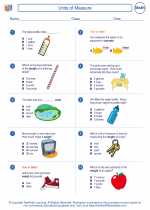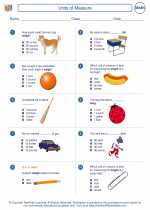Units of Measure -> conditional probability
Conditional probability is the likelihood of an event occurring given that another event has already occurred. It is denoted by P(A | B), which reads as "the probability of event A given event B." The formula for conditional probability is:P(A | B) = P(A and B) / P(B)Where:
- P(A | B) is the conditional probability of event A given event B
- P(A and B) is the probability of both events A and B occurring
- P(B) is the probability of event B occurringTo understand conditional probability, consider an example of drawing colored marbles from a bag. Suppose there are 5 red marbles and 3 blue marbles in the bag. If you draw a marble, the probability of drawing a red marble (event A) is 5/8. Now, if you draw a second marble without replacement, the probability of drawing a blue marble (event B) is 3/7. The conditional probability of drawing a red marble given that the first marble drawn was blue is calculated as:P(Red | Blue) = P(Red and Blue) / P(Blue)
= (0/56) / (3/7)
= 0 / 3
= 0This means that if a blue marble was drawn first, the probability of drawing a red marble second is 0, since there are no red marbles left after drawing a blue one.Understanding conditional probability is important in real-life situations, such as weather forecasting (probability of rain given cloudy skies), medical diagnosis (probability of a disease given certain symptoms), and many other fields where events are dependent on one another.
[Conditional Probability] Related Worksheets and Study Guides:
.◂Math Worksheets and Study Guides Third Grade. Units of Measure

 Worksheet/Answer key
Worksheet/Answer key
 Worksheet/Answer key
Worksheet/Answer key
 Worksheet/Answer key
Worksheet/Answer key
 Worksheet/Answer key
Worksheet/Answer key
